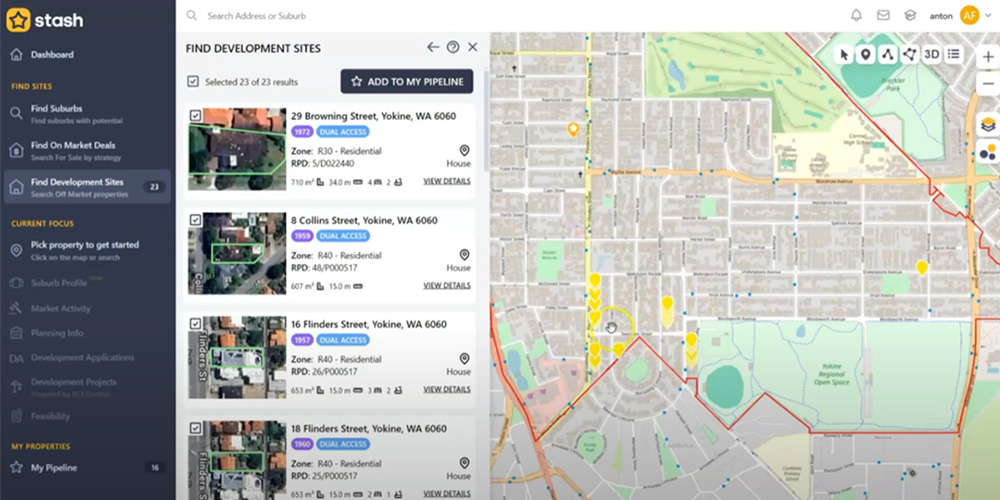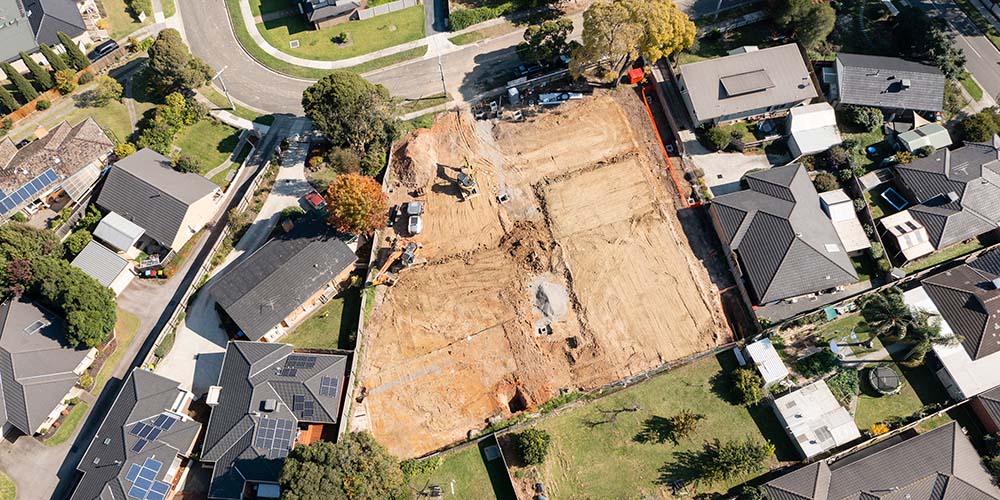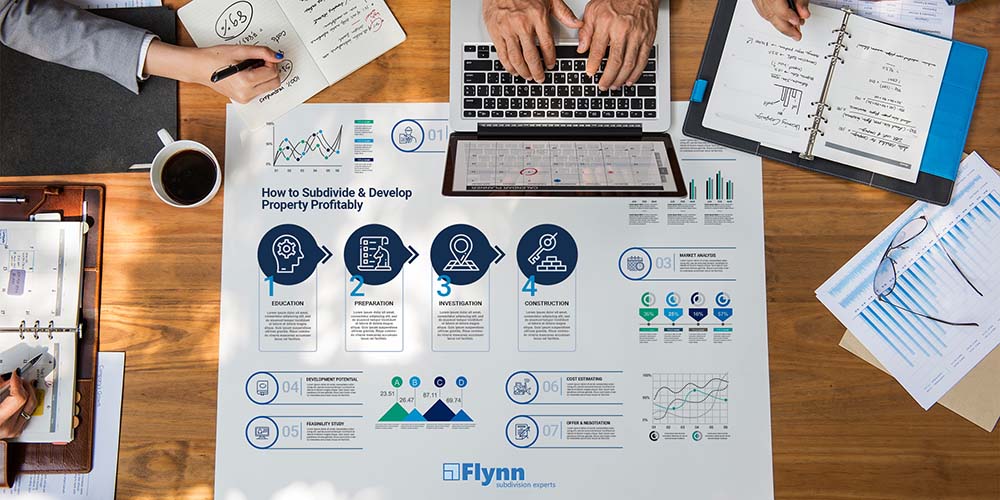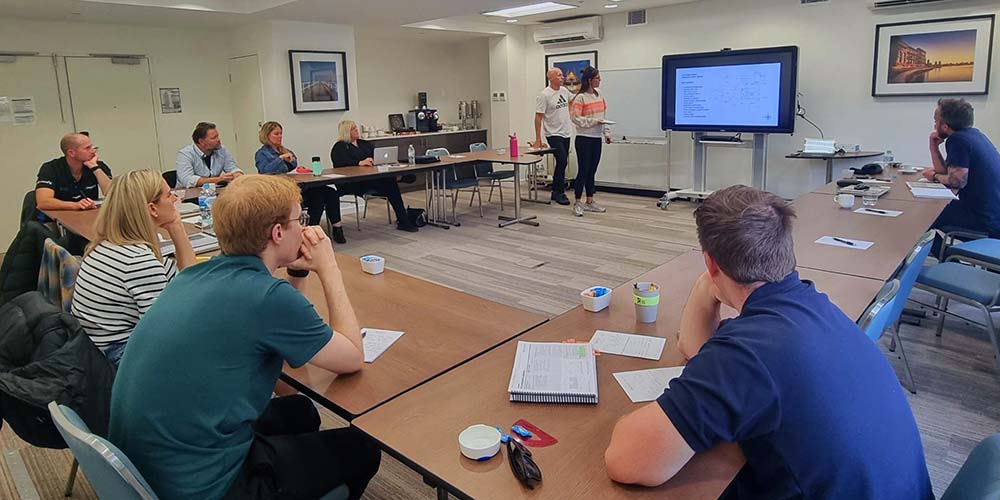
Lots to learn about the threats and opportunities for developers in the new state planning policy framework for Western Australia.
On the 1st of April 2023, 14 individuals commenced their education on the incoming medium density planning framework in WA. In a hands on, practical workshop environment, followed by 3 case studies on real sites over the following 4 weeks, they learnt how the codes will impact infill development and the skills to to assess development potential correctly. These individuals literally entered the spaces as April fools and emerged from their 6 week program turnaround with the knowledge, skills and expertise to assess sites under the MD framework and see the development potential and upside in renovation, subdivision and building that most others will miss. To say I am very proud of all my students is an understatement, I would give any one of them a job to source and assess sites for me.
What did they do? What did they learn?
Over the two days, Julie Anglesey and I took them through the three value add strategies of renovation, subdivision and building in the context of the regulatory framework of the new Medium density codes for WA. They learnt about;
- Comparative market analysis using online tools
- Cost effective renovation value add skills
- Renovation costing and budgeting
- Renovation pitfalls
- R-code compliance upgrade requirements for retained dwellings in the MD framework
- Detailed interpretation of the MD provisions The new State planning policy 7.3 vol 1 “the R-codes” (2023), including document structure, format and sections, how to read the document and understand important definitions
- Using the Accompanying Guidelines
- The different Pathways for approval and assessment (DTC vs design principle assessment)
- The Decision makers ( local government, WAPC, JDAP)
- The Deferred gazettal definition, transition arrangements and WAPC position statements
- Medium Density Content: The new State planning policy 7.3 vol 1 “the R-codes” (2023) Part C (medium density) and part D (Land) covering the Interface of the garden, the building and neighbourliness
- Key changes: opportunities, threats (Part C)
- Key changes: opportunities, threats (Part D)
- Application of planning concessions and variations, and dual density coding
- New dwelling typologies and value add capacity using Small dwellings and Accessible dwellings
- Project Feasibility principles : determining yield, pricing and valuation
- Practical application through case study

On completion of the two days, the students were split into three groups to go off and do a case study of 3 live for sale sites: one in Hamilton Hill, one in Doubleview, and one in North Perth, all with MD coding, and of three different types and price points: one corner lot, one normal lot and one through lot with a ROW at rear. They were to prepare a renovation plan and budget, 3 different yield series with dwelling massing/modelling, valuation driven by CMA, and costings. They then reconvened after four weeks and presented their findings, all with similar outcomes. Using the renovation and creative dwelling typology mix value add strategies taught, all groups were able to achieve an on paper ROC of 12-15%, leveraged 40-50%, at current interest rates and construction costs. Lean, but excellent in this cost climate paying going rates for on market property.
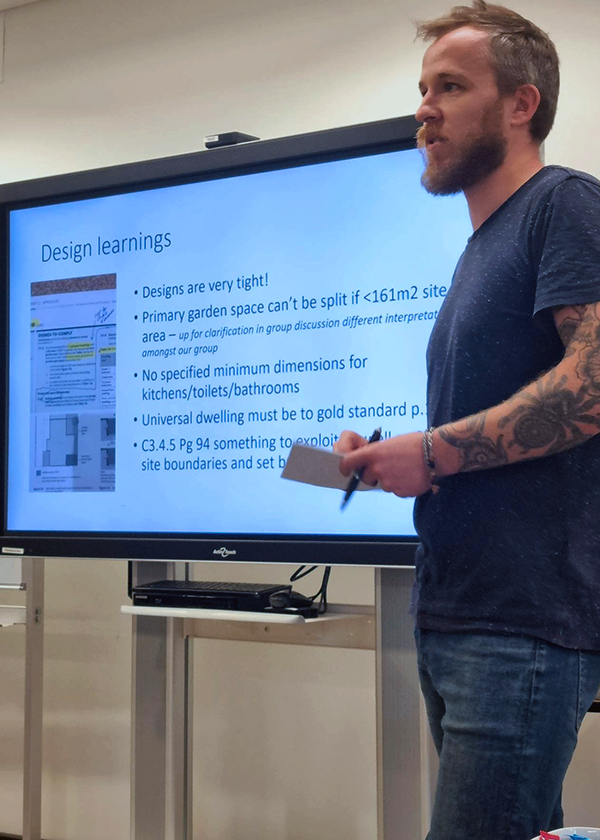
Student Feedback
“This course exceeded my expectations and has filled a gap of West Australian development knowledge that I needed. Julie and Anton have a relaxed yet professional presentation style with a deep understanding and experience renovating and developing. The Residential Design Codes are quite technical, yet due to the opportunity to apply the learnings to a live project post the course, I now feel I have a working knowledge of them. Thanks Julie and Anton, I can’t wait to get stuck into my first deal!”
“The course was delivered very efficiently given the volume of material and limited timed time available. Both Anton and Julie were clear and concise, remaining on topic and focused on the most important and relevant information. I’ve sat through many training courses over the years as part of my job and I’ve not seen one presented as well as this.”
Through a practical skills facilitated learning environment, all students walked away with the expertise they need to assess development potential correctly, apply creative value add straggles to create opportunity, perform comparative market analysis, assess renovations and budget accordingly for their Medium Density Development endeavours.
We assessed and considered the parameters for infill sites with retained dwelling potential that had residential coding’s between R30 to R60, and got results. The aim was to show individuals what they could do in the not too distant future, allowing them to start looking for sites and buy now under market value, based on alternate assessment knowledge for calculating site yield.
Medium density is the future of infill development, and you need to learn not just about it, but how to apply the provisions.
